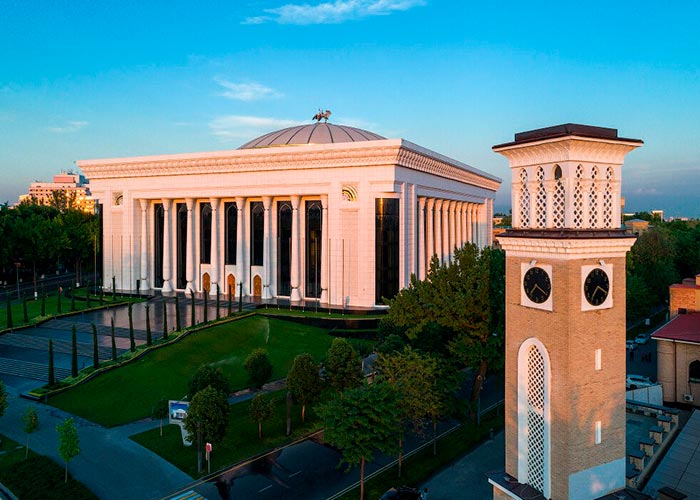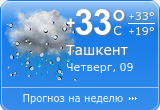


Tashkent's Museum of Astronomy
The very first astronomical museum, which was built in Central Asia, is the Museum of Astronomy in Tashkent. Its opening was in 2009 based on the Mirzo Ulugbek Astronomical Institute of the Uzbekistan Academy of Sciences.
The museum was opened in honor of the 615th anniversary of the great ancestor Mirzo Ulugbek and the International Year of Astronomy, announced by the UN.
The museum was opened in honor of the 615th anniversary of the great ancestor Mirzo Ulugbek and the International Year of Astronomy, announced by the UN.
Exhibits from the Museum of Astronomy are distinguished by originality, glory, and individuality. In the main hall of the museum, to this day, remains the model of the meridian quadrant (considered one of the most important instruments of Ulugbek).
The museum presents the model of his famous table titled "Zidj-e-Kuragoni", meaning the Table of Kuragan, which with remarkable accuracy for that time determined the coordinates of 1018 stars. All the exposition was collected due to UNESCO's support.
The museum's present astronomy hall is devoted to the emergence of astronomy in the Republic of Uzbekistan. Our astronomers used these telescopes, globes, star charts, octants, and chronometers.
There is a room devoted to foreign astronomers of the 18th–20th centuries. You can see among the exhibits the telescope of English master James Short, which was constructed by Isaac Newton.
Reflector, which belonged to English optics Dollond, and octant, which was created by London mechanic Hadley based on Isaac Newton's drafts, deserve special attention.The Marine chronometer was created by a watchmaker from London in the 18th century – Harrison.
Our travel agency, "Orient Mice," will be happy to provide you with transport, hotel, and professional guides who will show you not only the city, but also tell you amazing stories about the architectural monuments of Tashkent.
The museum presents the model of his famous table titled "Zidj-e-Kuragoni", meaning the Table of Kuragan, which with remarkable accuracy for that time determined the coordinates of 1018 stars. All the exposition was collected due to UNESCO's support.
The museum's present astronomy hall is devoted to the emergence of astronomy in the Republic of Uzbekistan. Our astronomers used these telescopes, globes, star charts, octants, and chronometers.
There is a room devoted to foreign astronomers of the 18th–20th centuries. You can see among the exhibits the telescope of English master James Short, which was constructed by Isaac Newton.
Reflector, which belonged to English optics Dollond, and octant, which was created by London mechanic Hadley based on Isaac Newton's drafts, deserve special attention.The Marine chronometer was created by a watchmaker from London in the 18th century – Harrison.
Our travel agency, "Orient Mice," will be happy to provide you with transport, hotel, and professional guides who will show you not only the city, but also tell you amazing stories about the architectural monuments of Tashkent.


